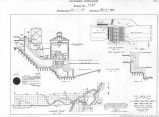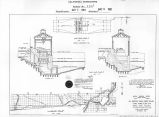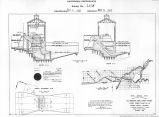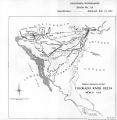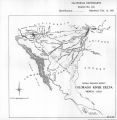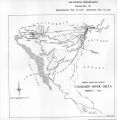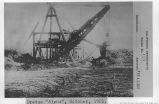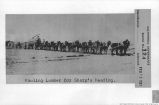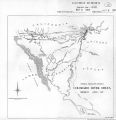| OCR Text |
Show -14- nizing the lands to be irrigated. The same parties are interested in both companies. With respect to that portion of the lands and canal lying within the Republic of Mexico, the Mexican Government required the parties interested to incorporate under the laws of Mexico. This has been done and said corporation pays taxes on its property and privileges in Mexico to that Government. The canals of The Irrigation, Land and Improvement Company and The Yuma Valley Land and Water Company are on a much smaller scale than that of The California Development Company. Both of the former draw water from the Colorado on the Arizona side, South of Yuma but North of The California Development Company's heading, and it is proposed to irrigate by them some 50,000 or 60,000 acres of land. This investigation was made as the result of complaints filed with the Department, first, by a private party who claimed that the diversion of water from the Colorado for irrigation purposes would so reduce the body of water as to interfere seriously with navigation on said River, and, particularly, with such navigation as an aid to mining development; second, by the Government of Mexico, which Government claimed that the diversion of water was in violation of its rights under Article 7 of the Treaty of Guadalupe Hidalgo (1848) and Article 4 of the Boundary Treaty of 1855 between the United States and Mexico. The Navigability of, and Navigation on, the Colorado River. My inquiries, and personal inspection at Yuma with respect to the Colorado River, as a navigable stream, developed the following facts: |
| Source |
Original book: [State of Arizona, complainant v. State of California, Palo Verde Irrigation District, Coachella Valley County Water District, Metropolitan Water District of Southern California, City of Los Angeles, California, City of San Diego, California, and County of San Diego, California, defendants, United States of America, State of Nevada, State of New Mexico, State of Utah, interveners] : California exhibits. |

















